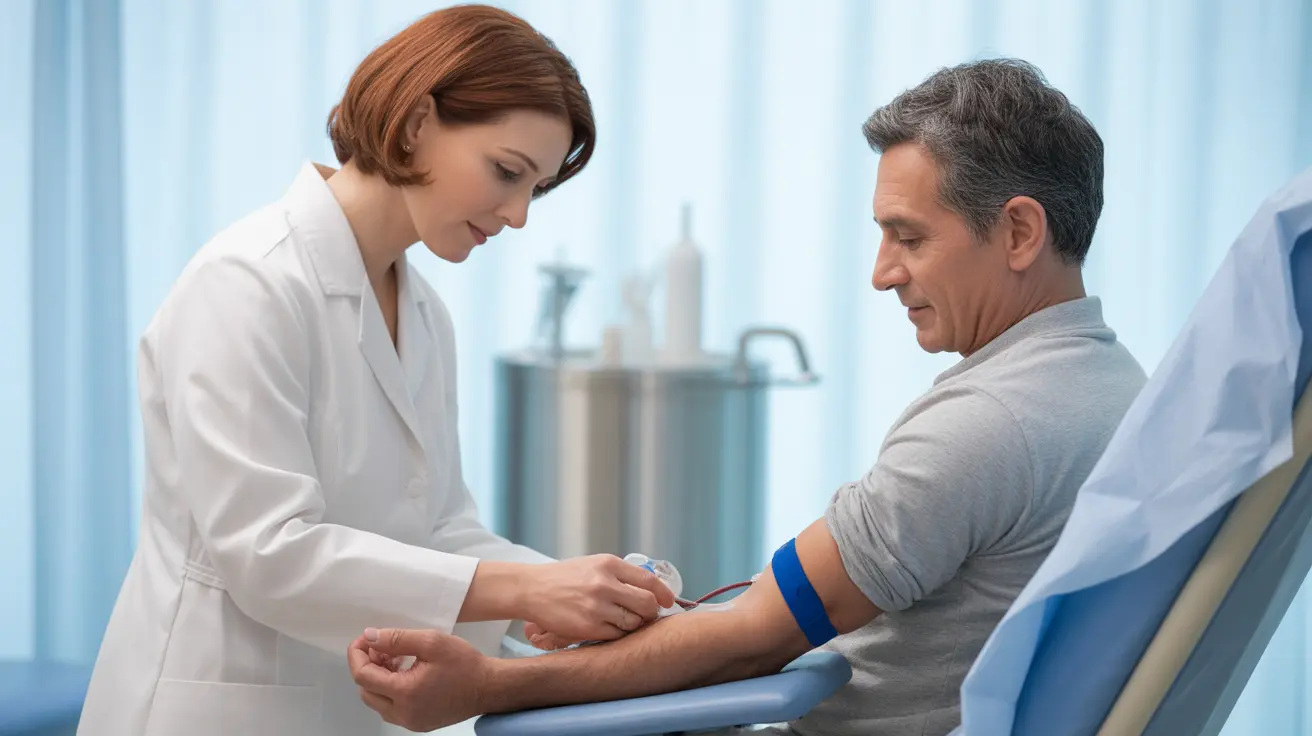An aspergillus antibody test is a crucial diagnostic tool that helps healthcare providers detect the presence of antibodies against Aspergillus, a common type of fungus that can cause various infections. Understanding this test's purpose, process, and results is essential for patients who may need to undergo this diagnostic procedure.
This comprehensive guide will explain everything you need to know about aspergillus antibody testing, including what the results mean, how the test is performed, and what to expect throughout the process.
What Is an Aspergillus Antibody Test?
An aspergillus antibody test is a blood test that detects antibodies your immune system produces in response to Aspergillus fungi. These tests are particularly important for diagnosing various forms of aspergillosis, ranging from mild allergic reactions to severe invasive infections.
Purpose and Applications
Healthcare providers typically order this test when they suspect:
- Allergic bronchopulmonary aspergillosis (ABPA)
- Invasive aspergillosis
- Chronic pulmonary aspergillosis
- Aspergilloma (fungal ball)
Types of Aspergillus Antibody Tests
Several methods are available for detecting aspergillus antibodies, each with specific applications:
Precipitin Test
This traditional method identifies precipitating antibodies against Aspergillus antigens. It's particularly useful for diagnosing chronic forms of aspergillosis.
Enzyme-Linked Immunosorbent Assay (ELISA)
This more modern technique offers quantitative results and can detect different types of antibodies. It's generally more sensitive than the precipitin test.
The Testing Process
The aspergillus antibody test is a straightforward procedure that involves:
- A standard blood draw from a vein
- Collection of the sample in appropriate tubes
- Laboratory analysis using specific testing methods
No special preparation is typically required before the test, making it a convenient diagnostic tool.
Understanding Test Results
Test results can be interpreted as follows:
Positive Results
A positive result indicates the presence of aspergillus antibodies but must be interpreted alongside clinical symptoms and other diagnostic tests. Not all positive results indicate active infection.
Negative Results
A negative result doesn't completely rule out aspergillosis, particularly in immunocompromised patients who may not produce sufficient antibodies.
Follow-Up and Additional Testing
Your healthcare provider may recommend additional tests such as:
- Chest X-rays or CT scans
- Fungal cultures
- Galactomannan testing
- Additional blood work
Frequently Asked Questions
What does a positive aspergillus antibody test mean, and does it always mean I have an infection? A positive test indicates your body has produced antibodies against Aspergillus fungi. However, it doesn't always mean you have an active infection. The results must be interpreted alongside your symptoms and other diagnostic tests.
How is the aspergillus antibody (precipitin) test done, and do I need to prepare in any special way? The test involves a simple blood draw from your arm. No special preparation is required - you can eat and drink normally before the test. The sample is then sent to a laboratory for analysis.
Can you still have a fungal infection if your aspergillus antibody test is negative? Yes, it's possible to have an aspergillus infection even with a negative antibody test. This is particularly true for immunocompromised patients who may not produce sufficient antibodies. Your doctor may order additional tests if aspergillosis is still suspected.
What are the main types of aspergillus antibody tests, and how do they differ from each other? The main types include precipitin tests and ELISA. Precipitin tests detect specific antibody-antigen reactions, while ELISA tests can provide quantitative results and detect different antibody types. ELISA tests are generally more sensitive and widely used in modern practice.
How long does it take to get aspergillus antibody test results, and what happens after the test if it's positive? Results typically take 2-3 days to return. If positive, your healthcare provider will evaluate your symptoms and may order additional tests like imaging studies or cultures to confirm the diagnosis and determine the appropriate treatment plan.




